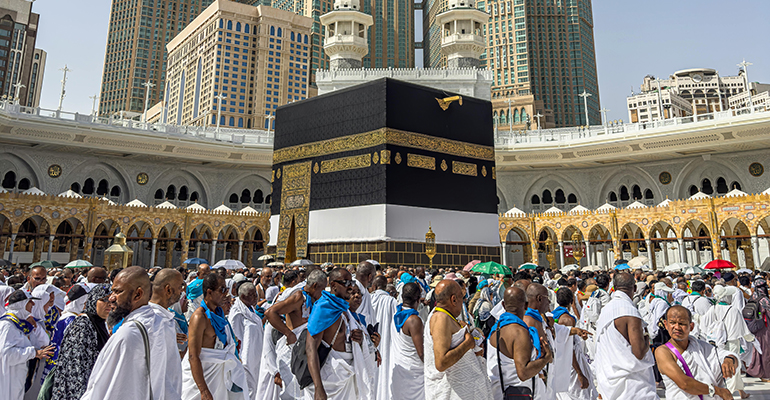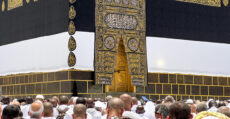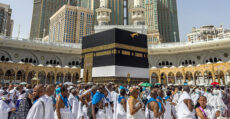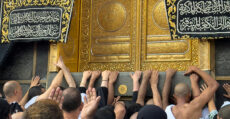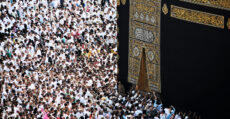Visit our YouTube channel for more
Shaykh ‘Abdur-Razzaaq al-Badr said:
And the accepted Hajj has two signs: A sign that occurs during the Hajj, and a sign that occurs after the completion of the Hajj.
[So] the accepted Hajj has two signs: A sign that occurs during the Hajj, and a sign that occurs after the completion of the Hajj.
As for the sign that is present during the Hajj, it is that his Hajj is performed sincerely for the Sake of Allaah, in accordance with the Sunnah of the Messenger of Allaah ﷺ.
That it be sincerely for Allaah, performed for Him ﷻ, as He ﷻ said:
{And complete the Hajj and ‘Umrah for Allaah} – al-Baqarah 002:196…and as He ﷻ said:
{And [due] to Allaah from the people is a pilgrimage to the House} – Aal-’Imraan 003:097So he performs it sincerely for the Sake of Allaah, not seeking reputation or showing off, nor worldly gain.
When our Prophet ﷺ first reached the meeqaat and entered the state of ihraam, he said:
«O Allaah, make it a Hajj in which there is no showing off, nor reputation sought.» – Ibn Maajah, no.2890«O Allaah, make it a Hajj in which there is no showing off, nor reputation sought.»So, the accepted Hajj has no showing off and no seeking of reputation in it, but rather it is sincerely for Allaah, and in accordance with the Sunnah, as he ﷺ said:
«Take from me your rites [of Hajj].» – Saheeh Muslim, Abu Daawood, Ahmad and Ibn KhuzaymahSo he should be keen to adhere to the Sunnah by asking about the actions of the Hajj before he actually performs it.
Many pilgrims ask their questions after the action.
[For example] some pilgrims even say: “Ten years ago I performed Hajj and did not do such-and-such; so what is [now] required of me?”
The questions should be [asked] before the action so that your action is in accordance with what? In accordance with what is correct; according to the Sunnah.
And it is not possible to adhere to the Sunnah unless you ask about it.
[As Allaah ﷻ says:]
{So ask the people of knowledge if you do not know.} – an-Nahl 016:043So asking and learning are essential.
And in our time, the means of learning and gaining knowledge have become remarkably easy.
Now, even on your way to Makkah, you travel in a car with air conditioning, [in] comfort, [and with] peace of mind, and with a calm voice you can listen to the rituals of the Hajj reaching you in your seat in complete comfort.
And you can [also] open a book in your hand and read the clearly explained rituals.
Then, despite that, you find many violations [of the rituals of Hajj]. So why this negligence?
So, the sign of an accepted Hajj – during the Hajj [itself] – is that it is sincerely for Allaah ﷻ, and that it is [done] in accordance with the Sunnah of His Messenger ﷺ.
This sign [occurs] during the Hajj [itself].
As for the sign that occurs after it, it is that the person’s state after Hajj is better than [it was] before it.
Because the reward for a good deed is a good deed after it.
{Is the reward for good [anything] but good?} – ar-Rahmaan 055:060So the sign of righteousness that comes after Hajj is that the person’s state improves after Hajj.
This means if his state was good before Hajj, it becomes even better after Hajj. And if his state was bad before Hajj, it becomes good after Hajj.
So he moves from bad to better, and from good to even better – meaning that Hajj has an effect on him and brings about change, moving him toward goodness.
But if someone performs Hajj and returns – if he was bad – to his badness or worse, this is not among the signs of an accepted Hajj.
This is not among the signs of an accepted Hajj.
Therefore, the accepted Hajj has two signs: a sign [that occurs] during it, and a sign [that occurs] after its completion.
Translation originally published on 14 June, 2025

